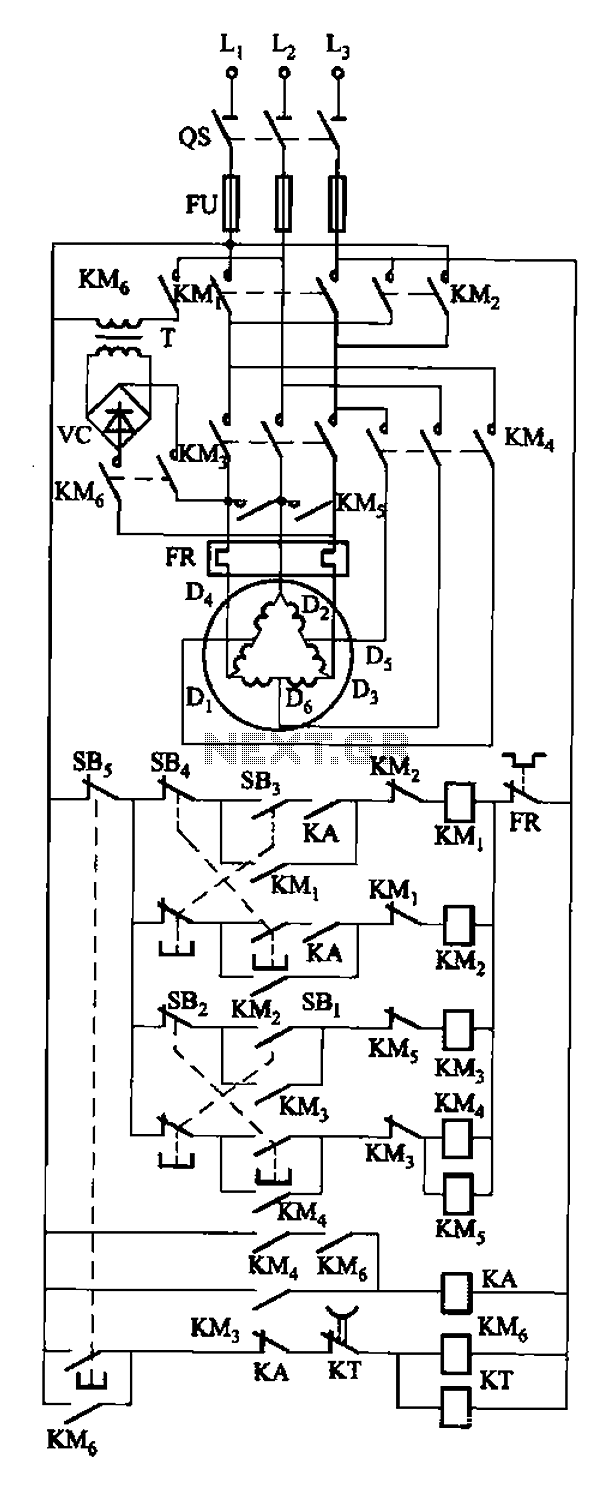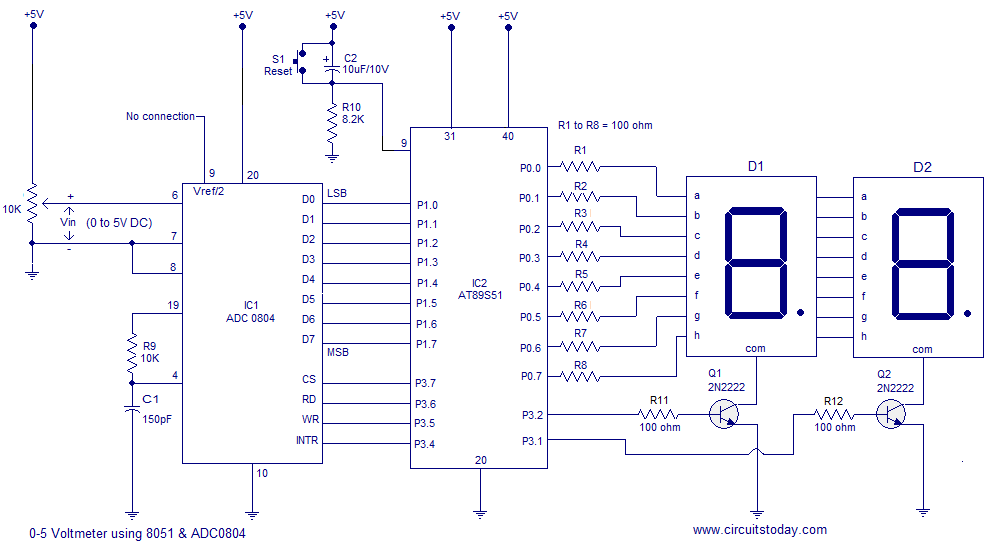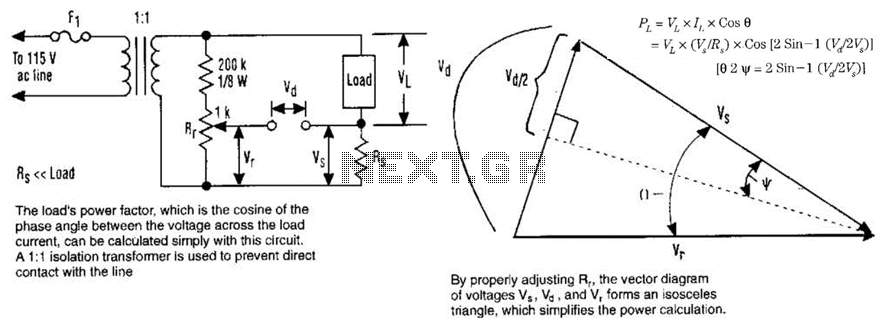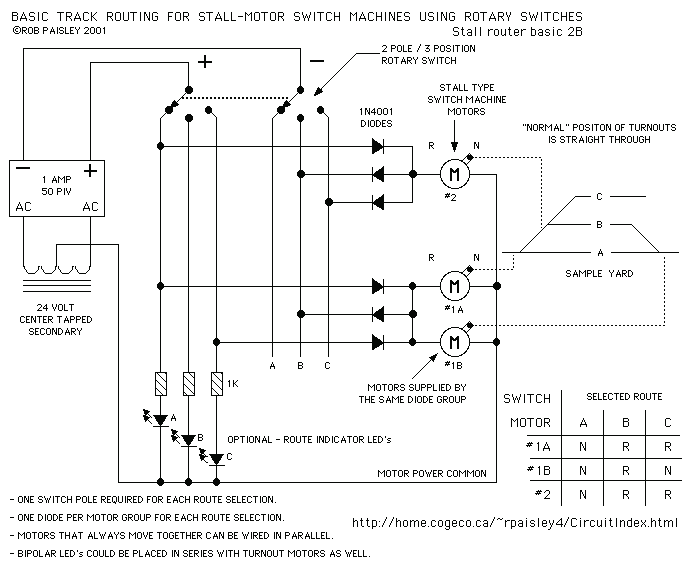
Musical car reverse horn circuit
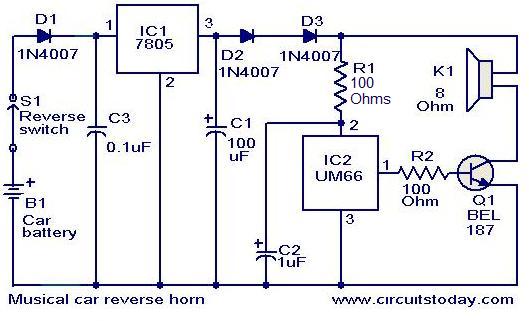
This circuit is designed to produce a musical horn whenever a car is in reverse gear. It utilizes two integrated circuits (ICs) for its operation: a voltage regulator (7805, referred to as IC1) and a musical tone generator (UM66, referred to as IC2). IC1 steps down the car battery voltage to 5V. Diodes D1 and D2 work together to create an additional voltage drop of 1.4V, providing a supply voltage of 3.6V for the UM66, which should not exceed 4V. When the car is in reverse gear, the reverse gear switch is activated, connecting the circuit to the car battery and allowing the UM66 to play the musical tone. A transistor (T1) amplifies the output from the UM66 to drive a loudspeaker.
The circuit operates as follows: When the vehicle is shifted into reverse, the reverse gear switch closes, completing the circuit. This action supplies power to the voltage regulator (IC1), which converts the car's battery voltage (typically 12V) down to a stable 5V output. The output from IC1 is then fed to the UM66 (IC2), which is configured to generate a specific musical tone. The diodes D1 and D2 are critical in ensuring that the voltage supplied to the UM66 does not exceed its maximum rating of 4V, thereby protecting the IC from potential damage due to overvoltage.
The transistor T1 serves as an amplifier, enhancing the audio output of the UM66. It is connected to a loudspeaker, which converts the amplified electrical signal back into sound. The choice of components, including the specific voltage regulator and tone generator, is essential for ensuring reliable operation and sound quality. The circuit can be housed in a weatherproof enclosure to protect it from the automotive environment, ensuring durability and longevity.
Overall, this musical horn circuit offers a novel and entertaining alert system for drivers, enhancing safety by providing an audio cue when the vehicle is in reverse.Here is a simple circuit that will produce a musical horn when ever your car is in reverse gear. The circuit uses two ICs for the operation, voltage regulator 7805(IC1) and musical tone generator UM66(IC2). The IC1 reduces the car battery voltage to 5V. The diodes D1 & D2 in combination produces an additional drop of 1. 4 V to give a 3. 6 V supply fo r the UM66. The supply voltage of UM 66 should not be more than 4V. When ever the car is in reverse gear, the reverse gear switch of the car gets activated and the circuit gets connected to the car battery. The UM66 starts playing the music tone. The transistor T1 amplifies the output of UM66 to drive the loudspeaker. 🔗 External reference
The circuit operates as follows: When the vehicle is shifted into reverse, the reverse gear switch closes, completing the circuit. This action supplies power to the voltage regulator (IC1), which converts the car's battery voltage (typically 12V) down to a stable 5V output. The output from IC1 is then fed to the UM66 (IC2), which is configured to generate a specific musical tone. The diodes D1 and D2 are critical in ensuring that the voltage supplied to the UM66 does not exceed its maximum rating of 4V, thereby protecting the IC from potential damage due to overvoltage.
The transistor T1 serves as an amplifier, enhancing the audio output of the UM66. It is connected to a loudspeaker, which converts the amplified electrical signal back into sound. The choice of components, including the specific voltage regulator and tone generator, is essential for ensuring reliable operation and sound quality. The circuit can be housed in a weatherproof enclosure to protect it from the automotive environment, ensuring durability and longevity.
Overall, this musical horn circuit offers a novel and entertaining alert system for drivers, enhancing safety by providing an audio cue when the vehicle is in reverse.Here is a simple circuit that will produce a musical horn when ever your car is in reverse gear. The circuit uses two ICs for the operation, voltage regulator 7805(IC1) and musical tone generator UM66(IC2). The IC1 reduces the car battery voltage to 5V. The diodes D1 & D2 in combination produces an additional drop of 1. 4 V to give a 3. 6 V supply fo r the UM66. The supply voltage of UM 66 should not be more than 4V. When ever the car is in reverse gear, the reverse gear switch of the car gets activated and the circuit gets connected to the car battery. The UM66 starts playing the music tone. The transistor T1 amplifies the output of UM66 to drive the loudspeaker. 🔗 External reference

